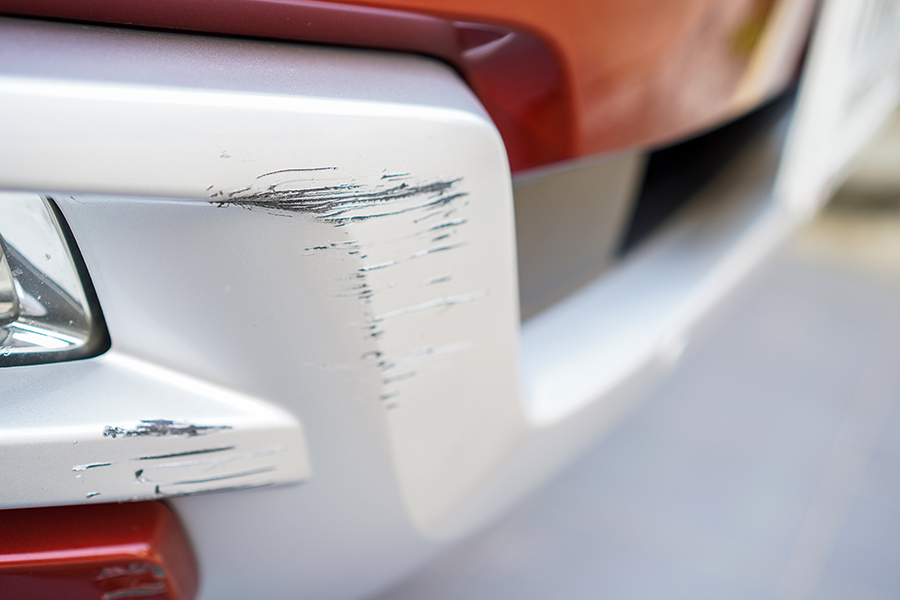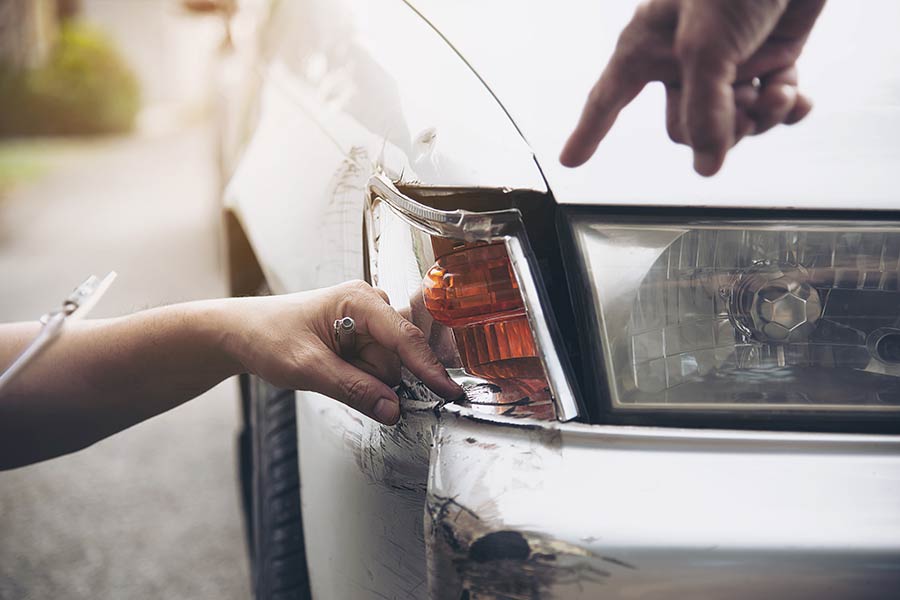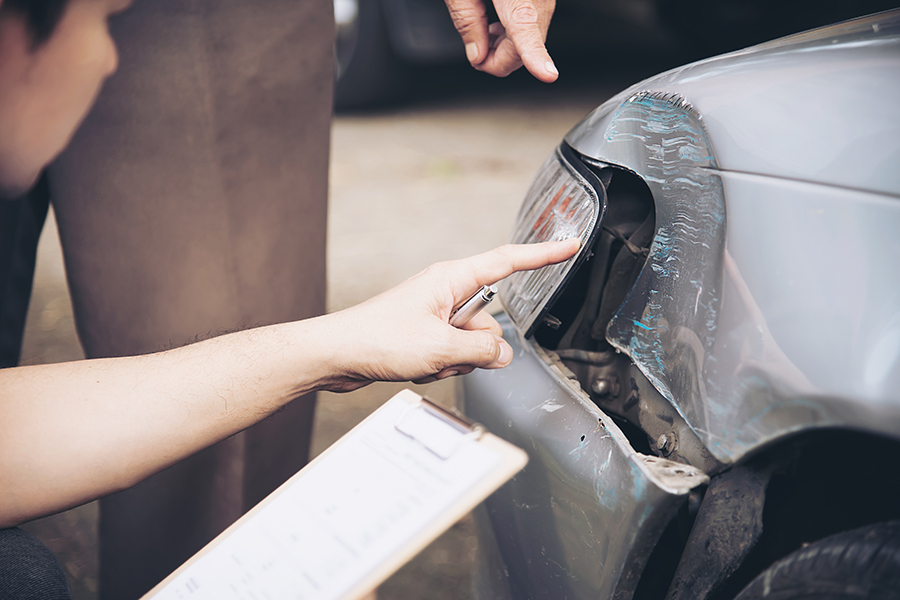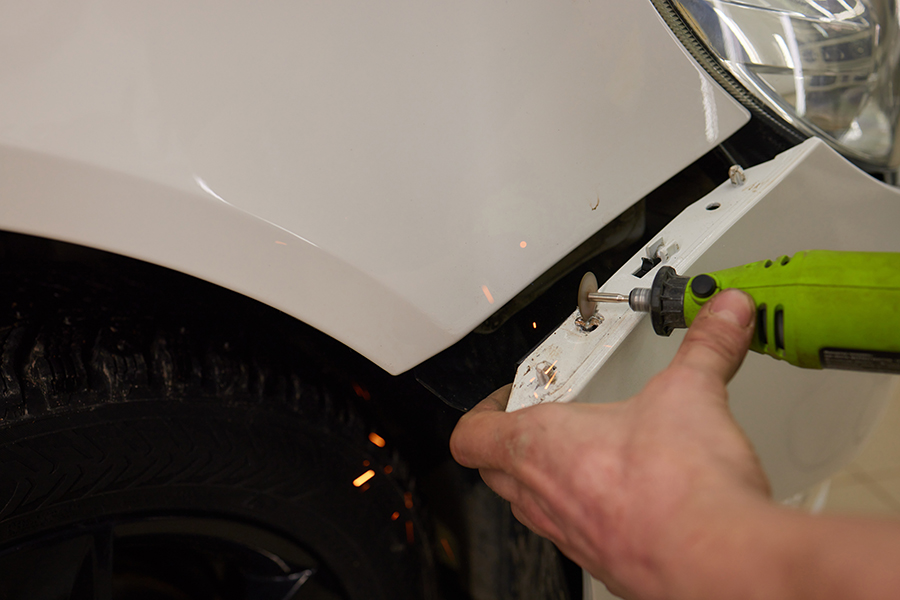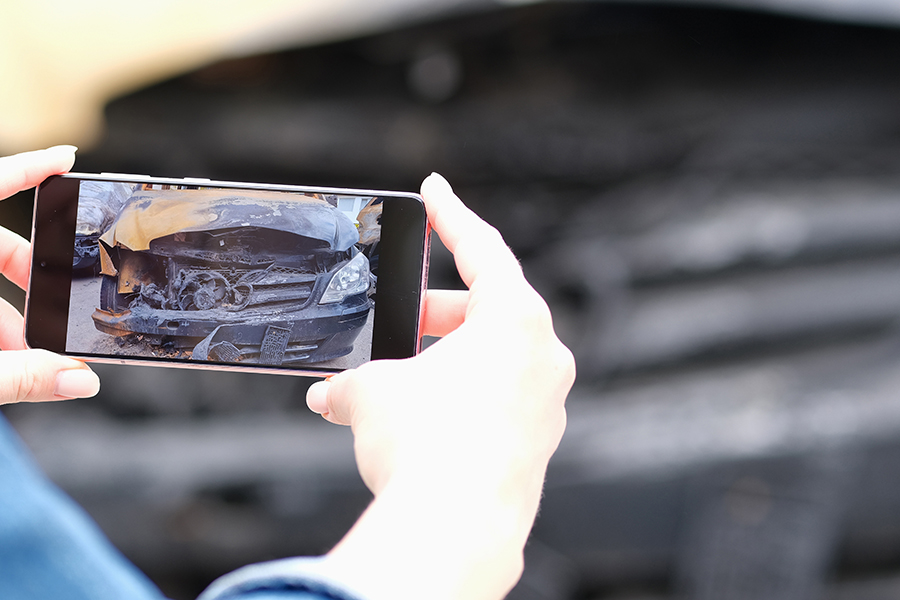Car bumper repairs might seem like a drag, but they’re as crucial as a knight’s shield in battle. Bumpers first appeared in the early 1900s to protect cars and passengers. Fast forward to today, they still guard against those pesky fender-benders. When your car's bumper gets dinged, it’s like your favorite superhero losing their cape. Fixing it can save you from bigger headaches down the road. Whether it's a small scratch or a big dent, knowing how to handle these repairs keeps your ride looking sharp and safe. Let’s dive into the world of bumper fixes.
Key Takeaways
- Know the Basics: Understand what bumper repair involves to make informed decisions.
- Check Costs: Compare repair costs to budget effectively.
- Learn the Process: Familiarize yourself with the steps in bumper repair for better communication with technicians.
- Insurance Matters: Check if your insurance covers repairs to avoid unexpected expenses.
- Maintain Your Bumper: Follow maintenance tips to extend the life of your bumper.
- Be Proactive: Address minor damages early to prevent costly repairs later.
Understanding Bumper Repair
Common Types of Damage
Scratches and scuffs often occur on a car's bumper. These are usually surface damage. Minor collisions can cause dents. They may not look serious but need attention. Cracks or holes happen from severe impacts. These require more work to fix.
Factors Affecting Repair
The extent of the damage matters a lot. Small scratches might be easy to fix. Big cracks need more effort. The material of the bumper is also important. Plastic bumpers repair differently than metal ones. The age and model of the car can affect repair choices too. Older cars might have harder-to-find parts.
Repair vs Replacement
Repairing a bumper is usually cheaper than replacing it. But, sometimes replacement is necessary if the damage is severe. Time efficiency is another factor to think about. Repairs might take less time than waiting for a new part.
DIY vs Professional Help
DIY repairs can save money if you have the skills. But, not everyone feels comfortable doing this work themselves. Professional services cost more but often give better results. Quality of results varies between DIY and professional help.
Cost of Bumper Repair
Typical Repair Costs
Minor bumper repairs usually cost between $100 and $500. This includes small dents or scratches. Major damage can be more expensive, ranging from $600 to $1,500. Factors like paint matching and technology in the bumper can increase expenses.
Factors Influencing Price
Labor costs play a big role in pricing. Skilled technicians may charge more for their expertise. Parts availability also impacts price. Rare parts can be costly. Geographical location matters too. Urban areas might have higher repair costs.
Comparing Repair to Replacement
Repairing a bumper has long-term benefits. It often costs less than replacing it entirely. Repairs are better for the environment because they reduce waste. Replacements might come with new warranties. However, repaired bumpers may not have the same warranty coverage.
Saving Money on Repairs
Using aftermarket parts can save money on repairs. They are often cheaper than original parts. Getting multiple quotes helps find the best price. Timing repairs during off-peak seasons can also lead to savings, as shops may offer discounts.
Bumper Repair Process
Initial Assessment Steps
First, inspect the bumper visually for any visible damage. Look for scratches, dents, or cracks. Feel the bumper with your hand to check for structural weaknesses. It is important to document the damage by taking photos. This helps keep records and aids in insurance claims.
Repair Techniques Used
For scratches, technicians often use sanding and repainting. Sanding smooths out the surface. Then, they apply fresh paint to match the car’s color. For dent removal, heat application is effective. The heat makes the plastic flexible, allowing it to be reshaped. Crack repairs require fillers. Fillers fill in gaps and restore the bumper's integrity.
Time Required for Repair
The time needed depends on the repair type. Minor repairs like small scratches may take a few hours. Major repairs involving cracks or large dents can take longer. Drying time for paint and adhesives also adds to the total time. If parts are needed, waiting periods for delivery must be considered.
Choosing the Right Service
Choosing a good service provider is crucial. Research their reputation online and read reviews. Check if they have certifications and experience in bumper repairs. Compare their service guarantees and warranties to ensure quality work.
Insurance and Payments
Insurance Coverage Options
Check your policy to see if bumper damage is covered. Review the details carefully. Some policies cover only specific types of damage. Understand your deductible amount. This is what you pay before insurance helps. Know the limits of your coverage. Comprehensive coverage might cover more than collision.
Out-of-Pocket Costs
Calculate what you will pay yourself. This includes things not covered by insurance. Remember, the deductible is part of this cost. There might be unexpected charges too. Plan for these extra expenses to avoid surprises.
Filing an Insurance Claim
Gather all necessary documents for your claim. Take photos of the damage and keep receipts. Contact your insurer as soon as the damage happens. Prompt action can speed up the process. Regularly follow up on your claim status to stay informed.
Negotiating with Insurers
Prepare evidence to support your claim. This could involve showing repair estimates or photos. Be clear and concise when talking to insurers. Knowing your policy details helps you argue effectively.
Tips for Bumper Maintenance
Regular Inspection Advice
Schedule routine checks to spot early damage. This helps in fixing issues before they get worse. Look for signs of wear and tear, like scratches or dents. Keeping a checklist can make inspections consistent. It ensures no part is missed during the check.
Preventive Measures to Take
Install protective covers or guards on your bumper. They help shield against minor impacts. Practice safe parking to avoid small collisions that can cause damage. Use quality cleaning products to keep the bumper's condition intact. Good cleaning prevents dirt from causing harm over time.
Products for Maintenance
Scratch removal kits can be handy. They help in removing small scratches easily. Protective waxes and sealants add an extra layer of protection. They keep the bumper shiny and safe from elements. Touch-up paints are useful for minor fixes. They help cover small chips and maintain the bumper's look.
When to Seek Professional Help
Recognize when damage is beyond what you can fix yourself. If the bumper has deep cracks or is hanging off, it's time for expert help. Seek assistance if safety is compromised by the damage. A professional should handle complex repairs to ensure everything is done right.
Final Remarks
Car bumper repair's not rocket science, but it sure can be a bumpy ride. From understanding the basics to navigating costs and insurance, you've got the tools now. It's like piecing together a puzzle—you just need the right pieces. Keep your bumper in top shape, and you'll dodge those pesky repair bills. It's all about being proactive and smart with maintenance.
olks, take this knowledge and run with it! Whether you're handling repairs yourself or calling in the pros, you're in the driver's seat. Don't let a little fender-bender throw you off course. Stay informed, stay prepared, and keep cruising smoothly. Dive into more resources or chat with an expert if you need extra help. Your car—and your wallet—will thank you later. Go on, take action today and keep that ride looking sharp!
Frequently Asked Questions
What is the typical cost of bumper repair?
The cost can vary, but expect to pay between $200 and $600. Factors like damage severity and your car model influence the price. It's like buying coffee; you get what you pay for.
How long does a bumper repair take?
Most repairs are done in 1 to 3 days. It's quicker than a Netflix binge-watch session! However, complex damages might take longer.
Will my insurance cover bumper repair?
Yes, if you have comprehensive or collision coverage. Think of it as your safety net when life's little mishaps happen. Always check with your insurer for specifics.
Can I drive with a damaged bumper?
Technically, yes, but it's not advisable. A damaged bumper is like wearing broken glasses; it compromises safety. Get it fixed ASAP!
What's involved in the bumper repair process?
It's a step-by-step dance: assess damage, remove the bumper, fix or replace parts, paint, and reattach. Each step ensures your car looks as good as new.
How can I maintain my car's bumper?
Regularly wash and wax it like you would your favorite mug. Avoid parking too close to other vehicles to prevent scratches and dents.
Is DIY bumper repair possible?
Yes, for minor scratches or scuffs. But remember, it's like baking a cake—sometimes best left to professionals if you want perfect results!
